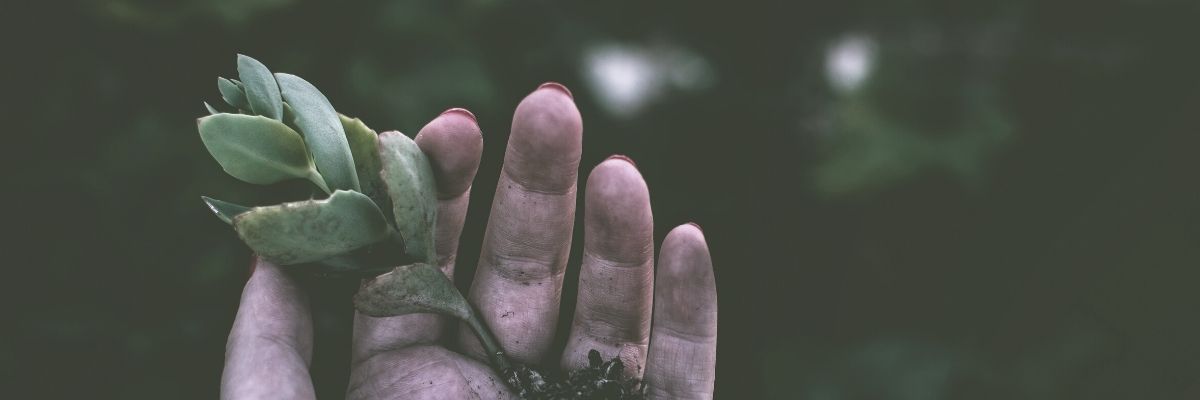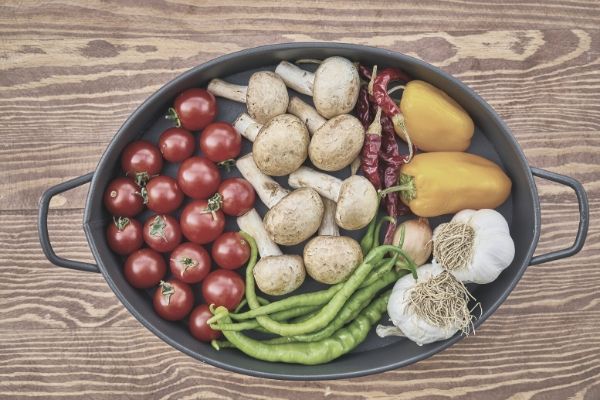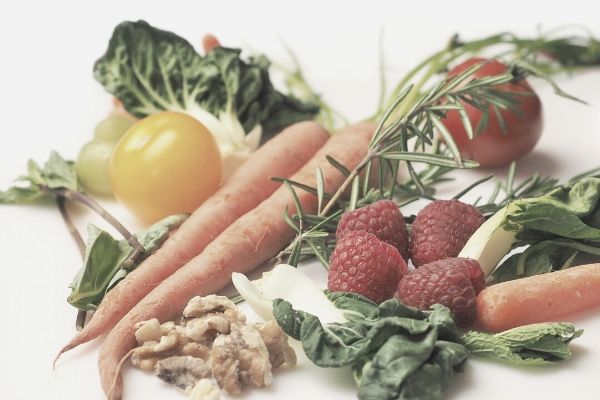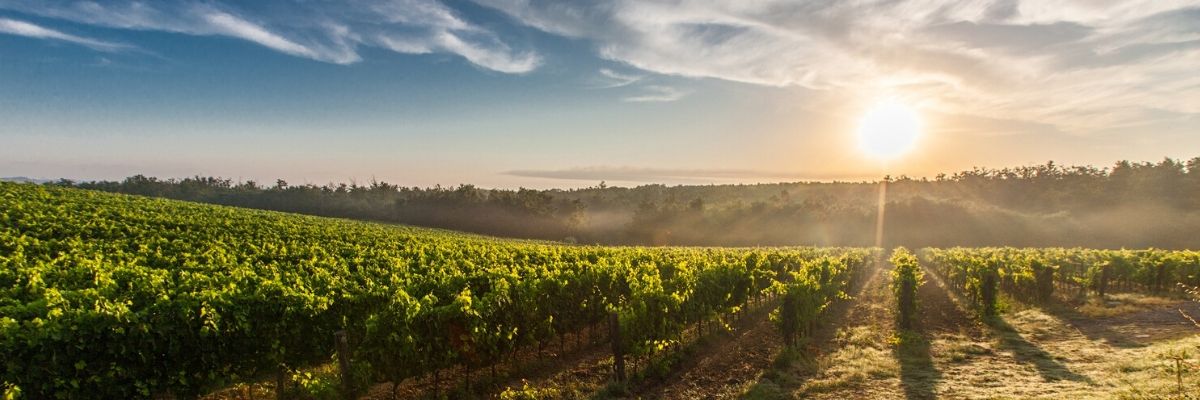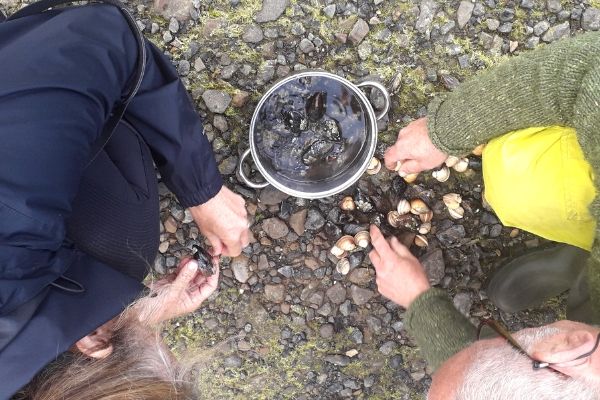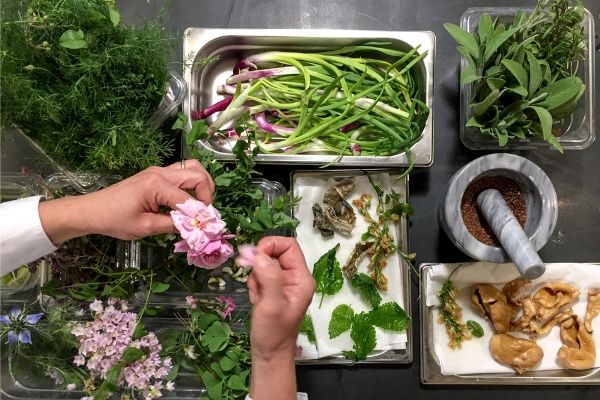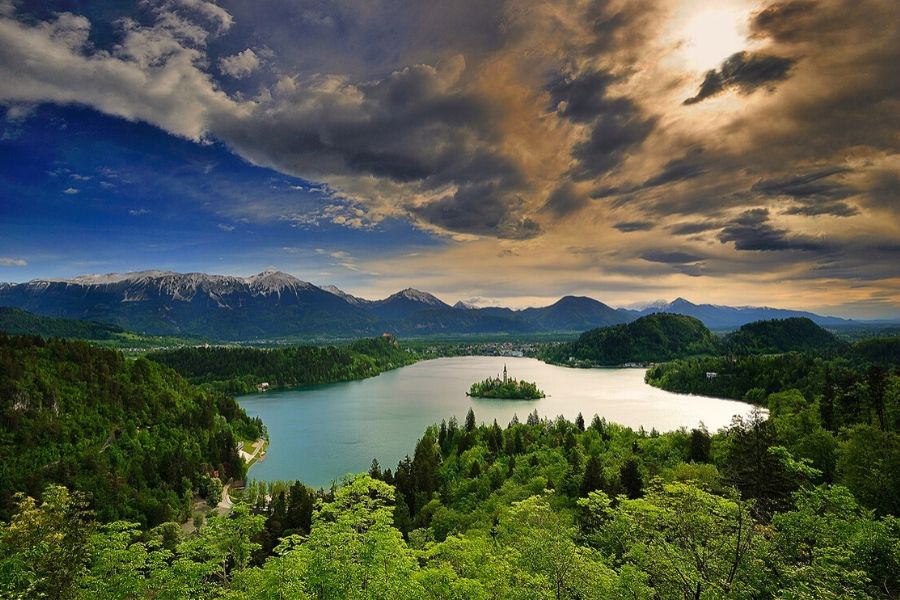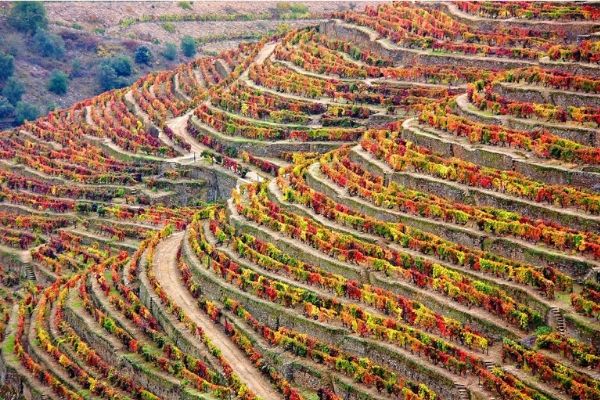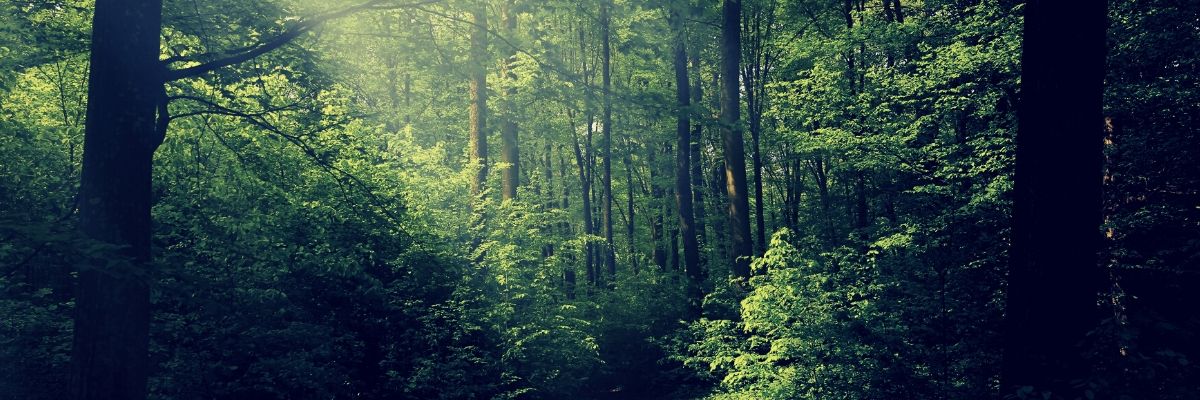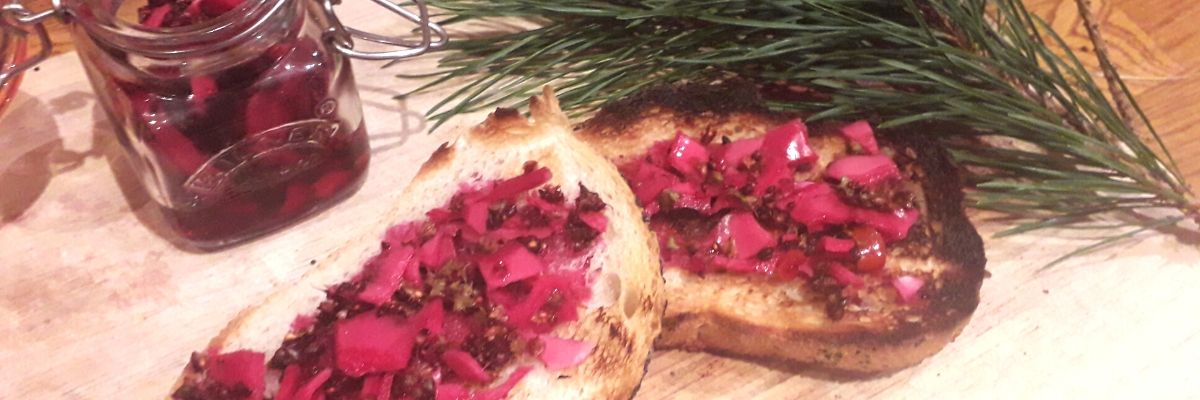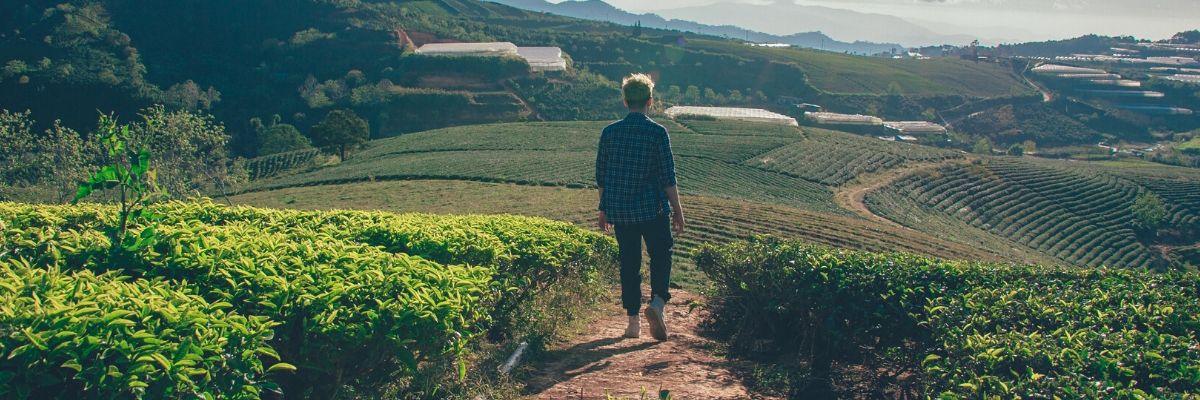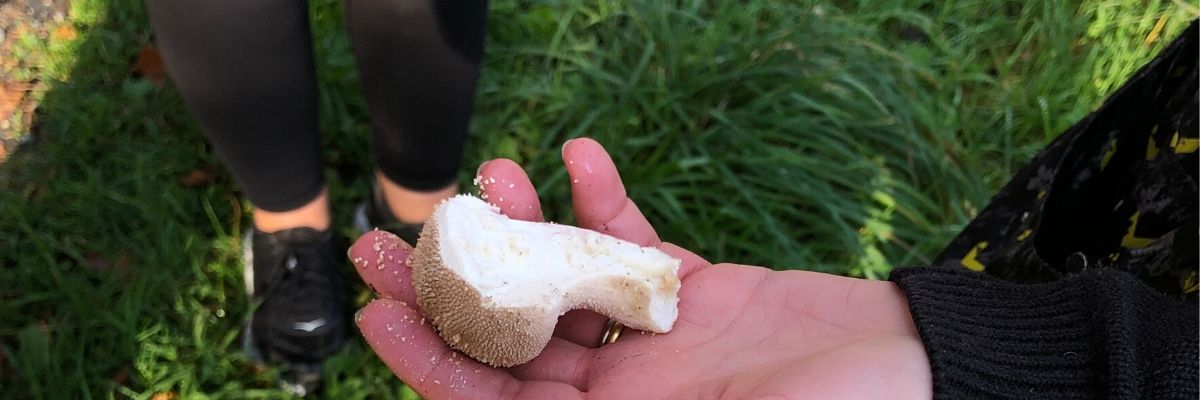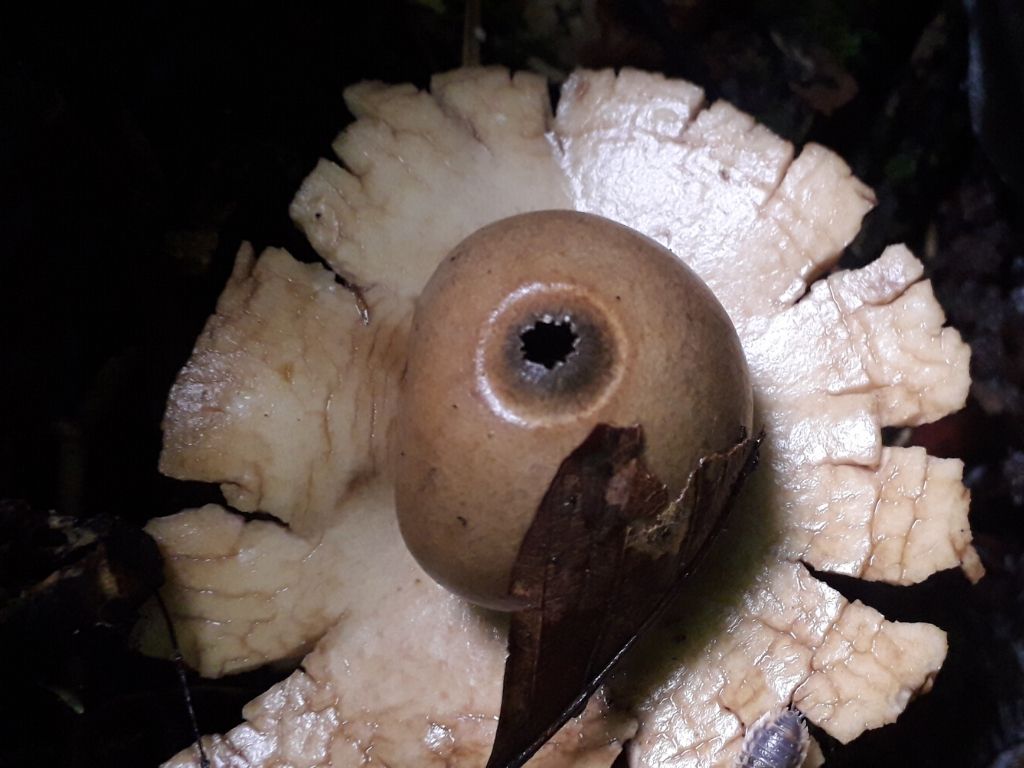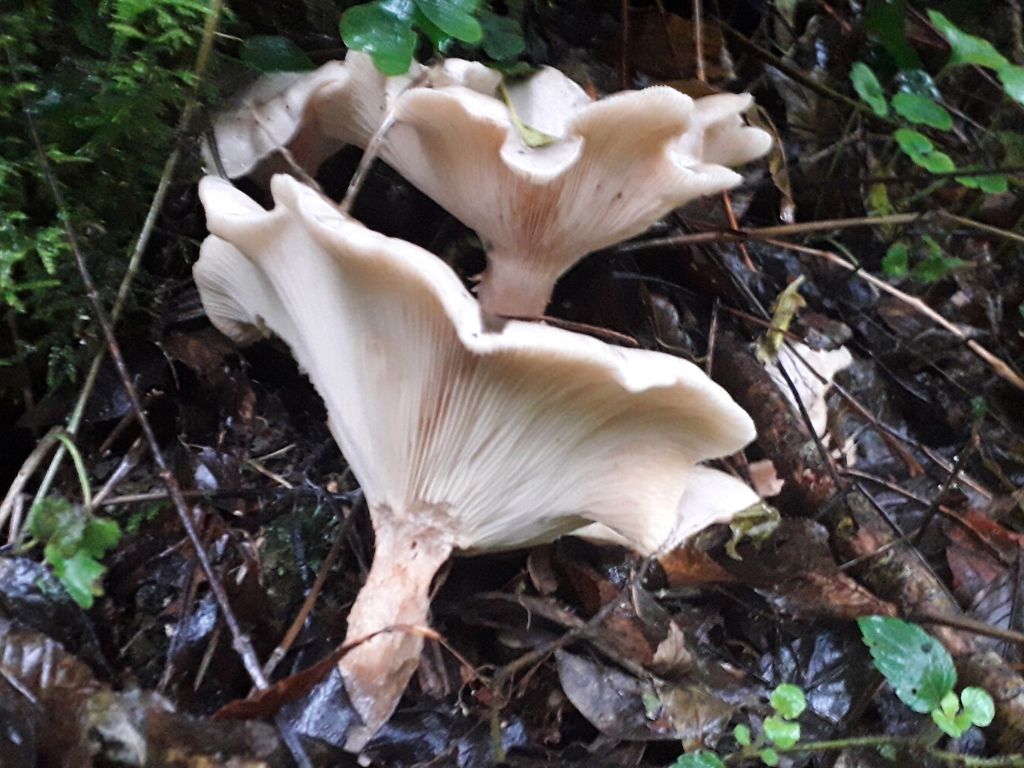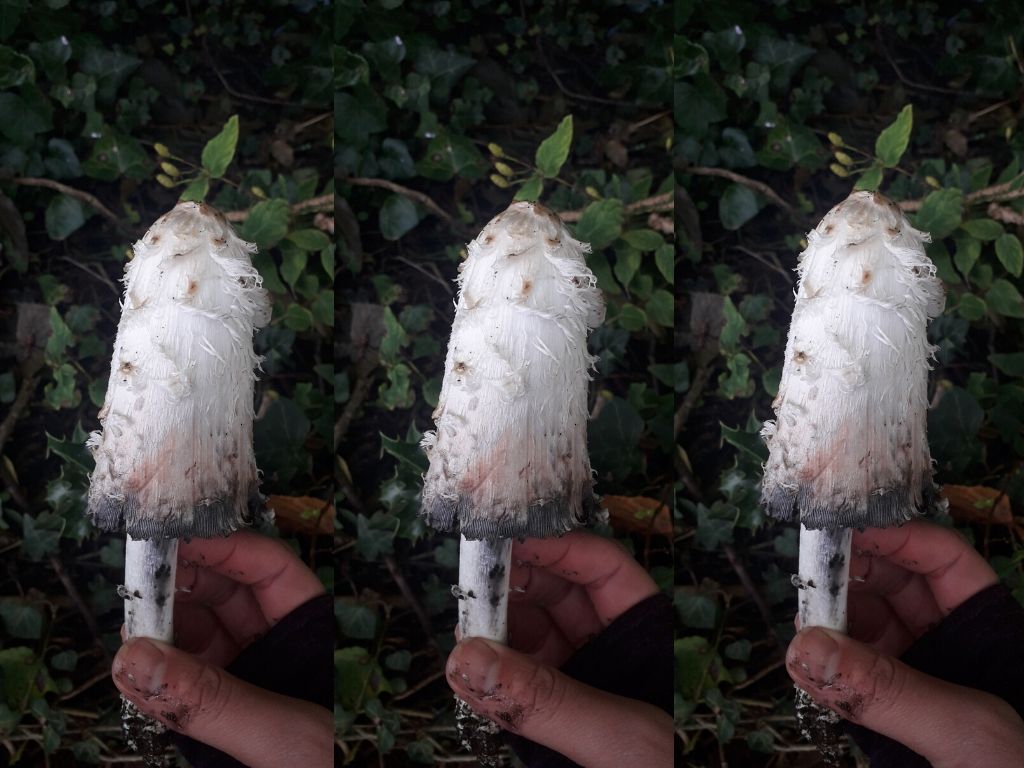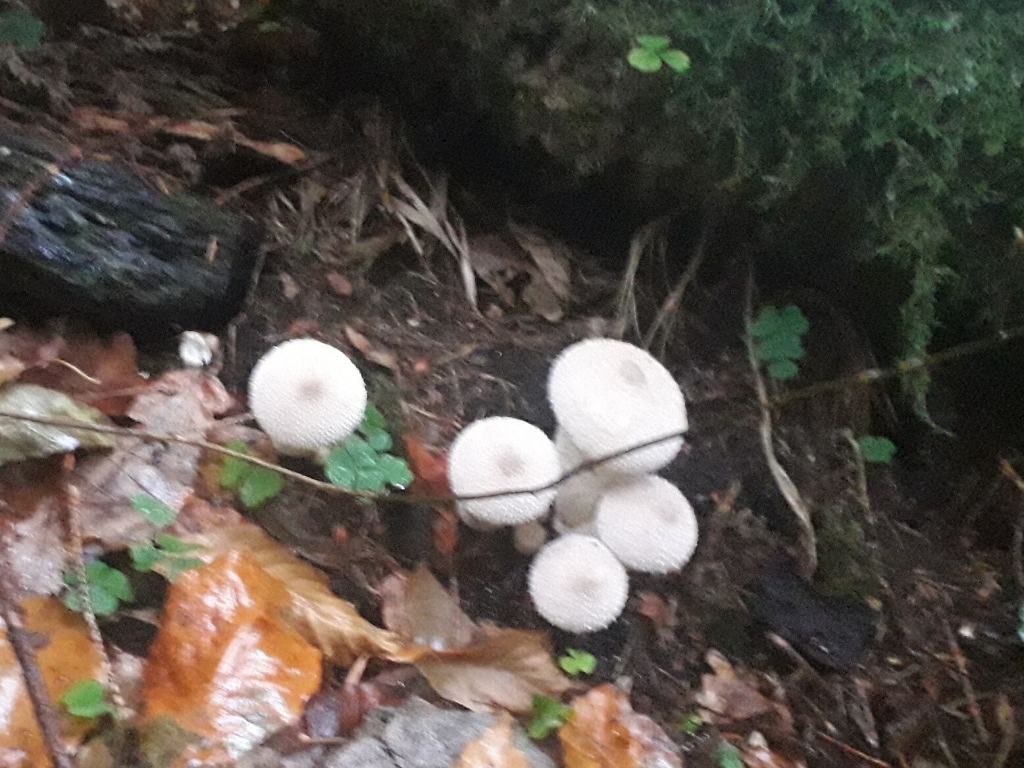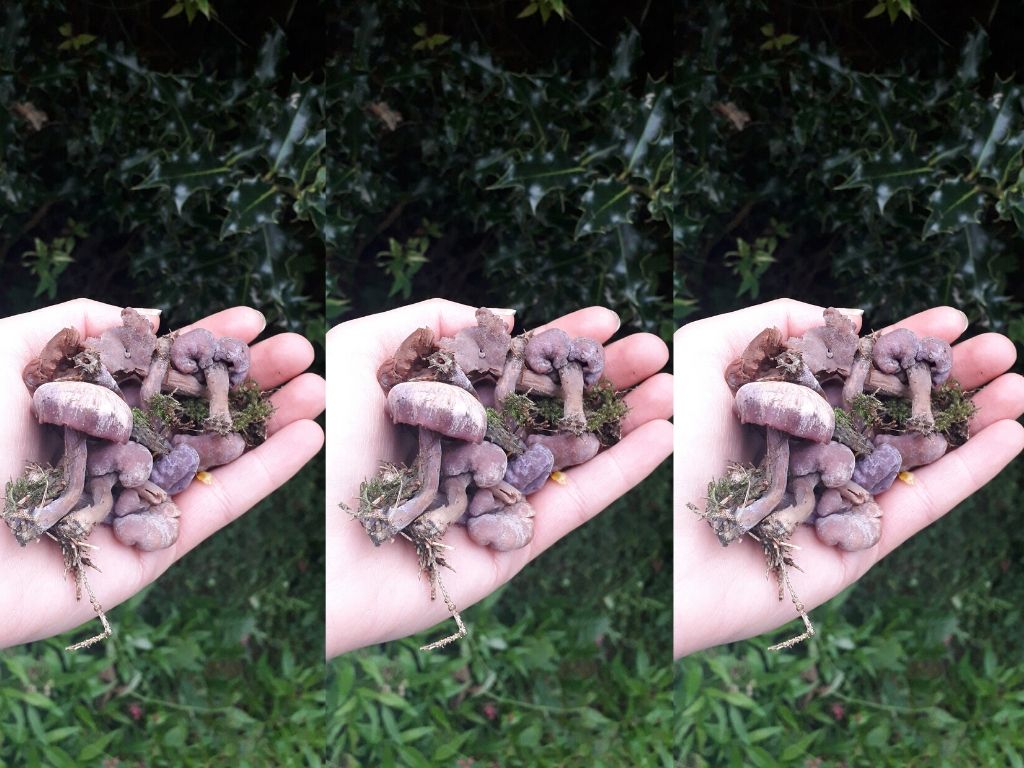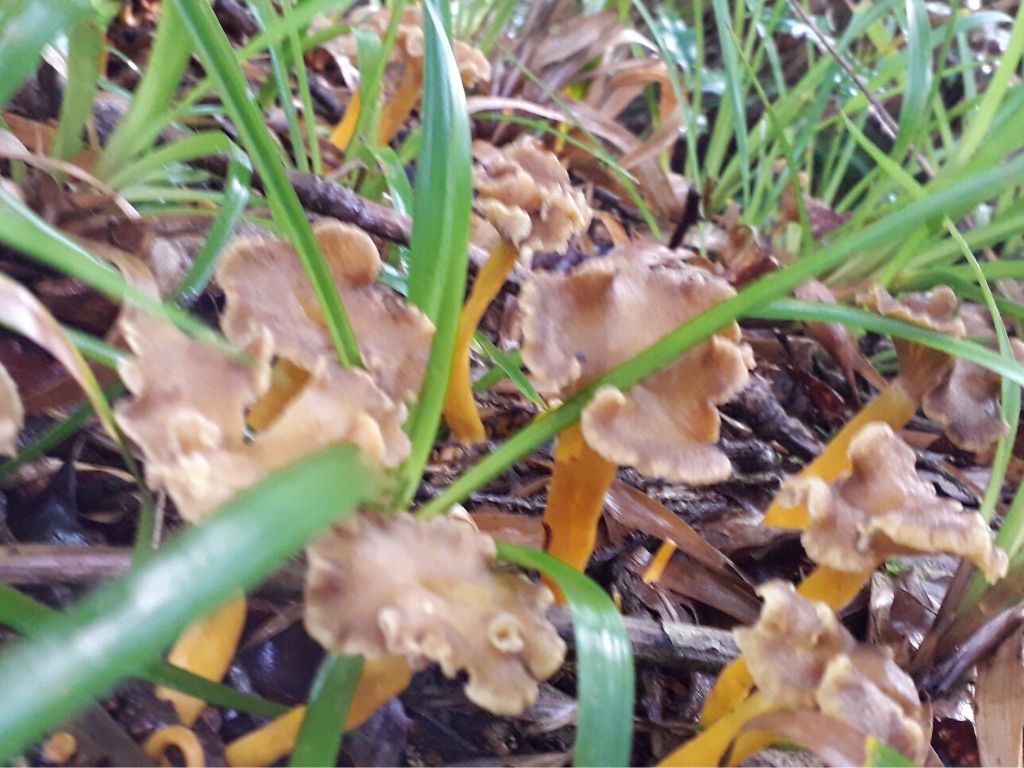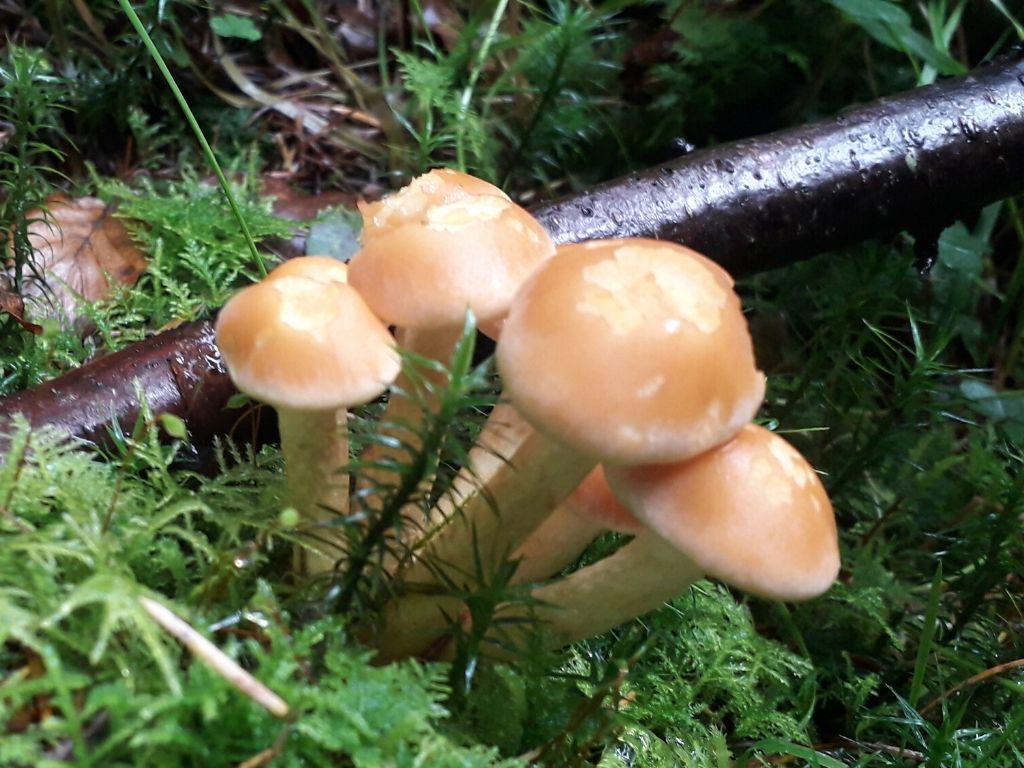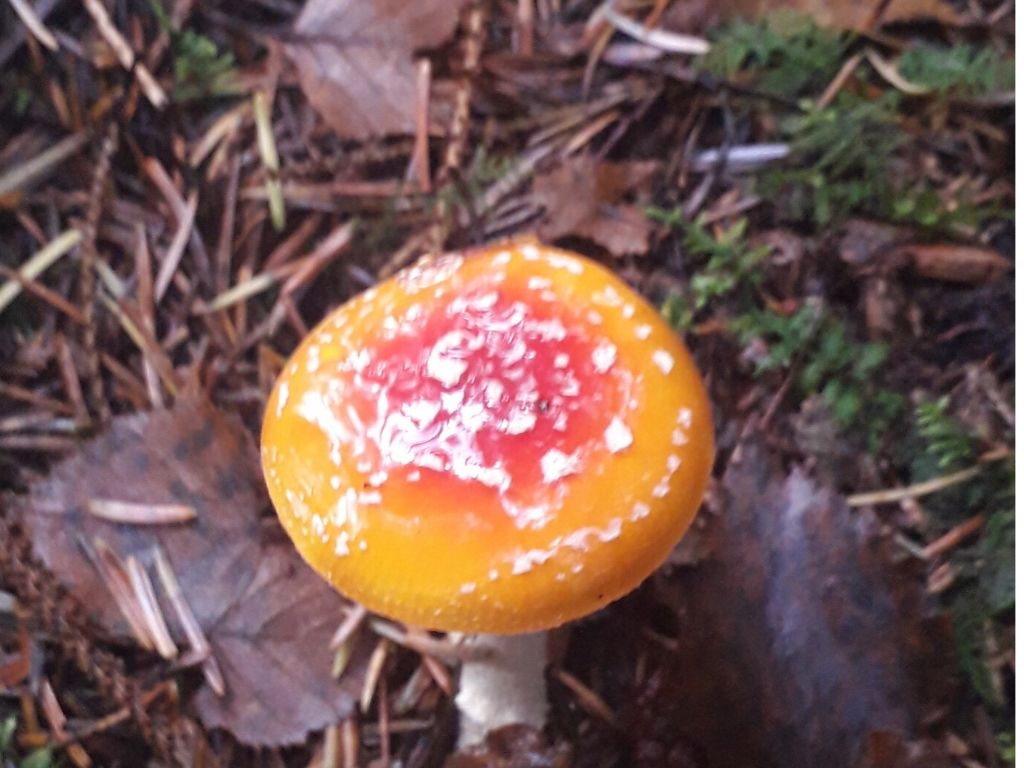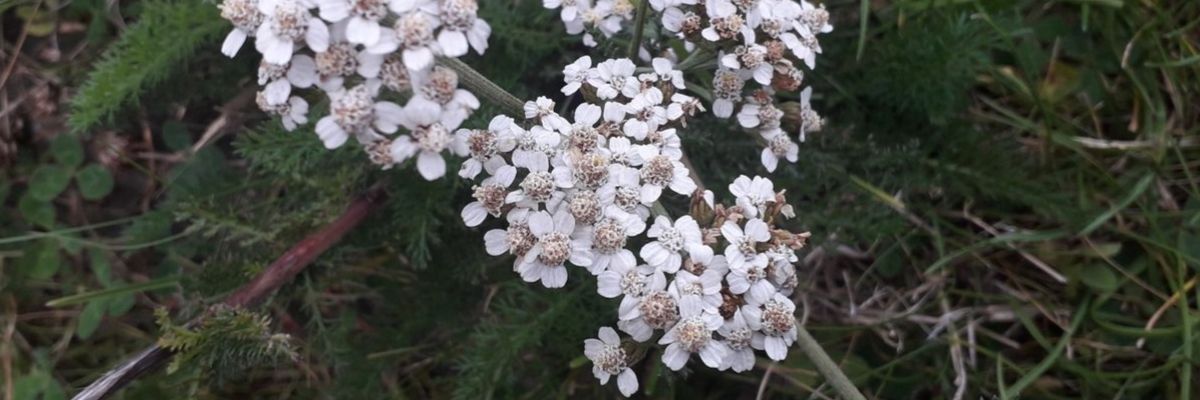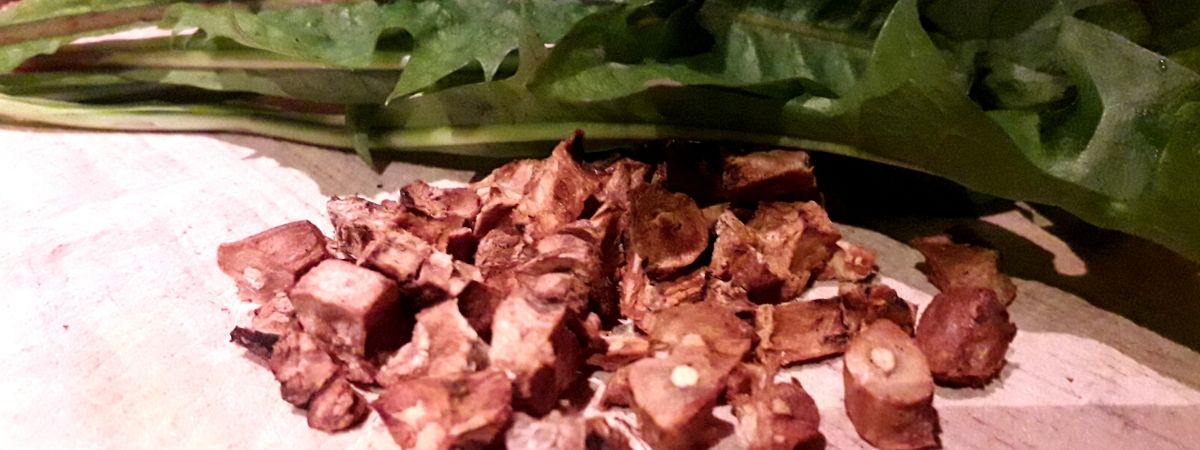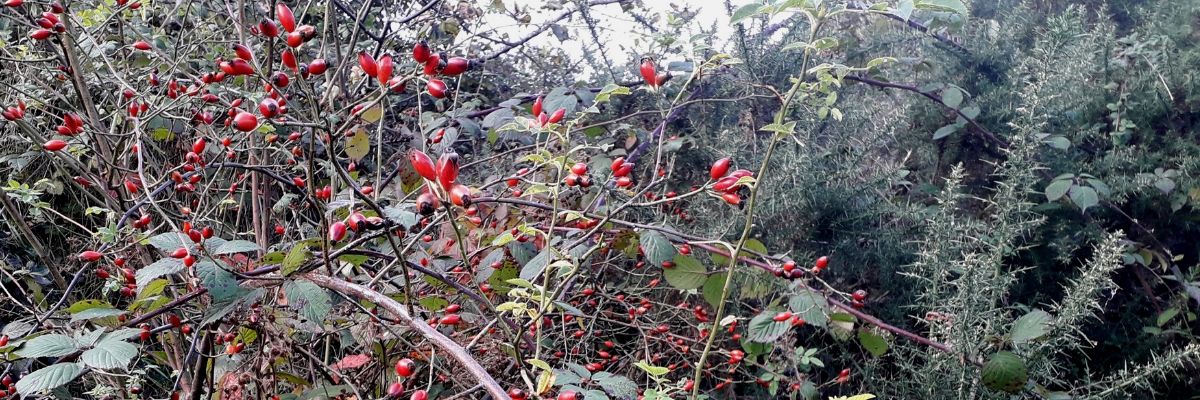3 Wild Christmas Dinner Side Dishes
‘Tis the season to be merry and wild. We are always experimenting with wild produce in the kitchen and Christmas dinner side dishes are a fun way to use some of your favourite winter greens.
Roasted Pine & Garlic Croquettes
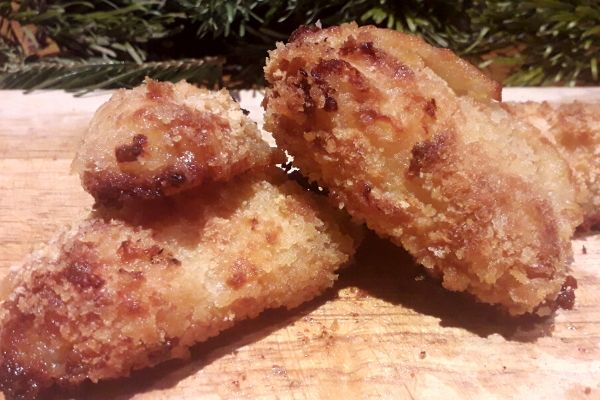
Roasties and Christmas dinner go hand in hand. In Ireland we have every kind of potato imaginable on the plate. From mash to roasties to boiled to everything in between but by far my favourite are the fluffy potato croquettes. This delicious side dish takes a little bit of extra prep but it is worth every minute. Why not give roast potatoes on a bed of pine or spruce needles a try. This is an easy recipe that has all the smells of the holiday season and the tastes of the forest.
- Ingredients: Potatoes, Freshly cut Pine tips, Breadcrumbs, 1 Egg, Flour, Oil, Butter and Sea Salt
- Instructions: Wash and Par boil your chopped up potato squares. Pre-heat the oven to 160 degrees. Melt two large spoons of butter in a pan and toss your potatoes into the pan. Lay your pine needles onto the tray. Cover the whole tray if you can. Now carefully place your boiled, buttery potatoes on top. Sprinkle salt and drizzle oil over the top. Enjoy!
Wild Winter Greens
Christmas dinner can often be heavy with stunning, potatoes and all of those carb filled treats. For a light, refreshing side try a wild green salad.
- Ingredients: Ground Ivy leaves, Seabeat, Sloe Berries, Hairy Bittercress, Sorrel, Gorse Flowers, Dandelion leaves, dandelion roots, lemon and olive oil.
- Instructions: Collect your edible winter greens fresh from the land around you. Wash the ground ivy leaves, bittercress, sorrel and dandelion leaves carefully. To prepare the dandelion roots scrub off the dirt and slice into small cubes. Oven bake the roots for 15 minutes. Remove all thorns from your gorse and only use the bright yellow petals. Mix your leaves together, sprinkle the berries, roasted roots and flowers. Add a squeeze of lemon and a drizzle of olive oil.
Pickled Sea Radish and Red Cabbage
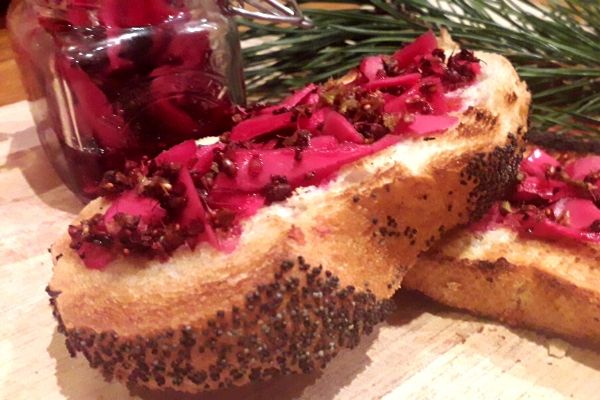
If you live near the coast than you will be spoilt for choice with wild green edibles. Sea Radish is one of our favourites as it is available throughout the year. This simple little recipe provides a tangy taste that goes well with your less fragrant vegetables. It takes a few days to pickle so be sure to prepare this one in advance.
- Ingredients: Sea Radish pods, curly dock seeds, red cabbage, peppercorns and white wine vinegar.
- Instructions: Wash all of the ingredients gently under warm water. Thinly slice up a 1/4 of the red cabbage in strips. Add all of the ingredients to a large jar and cover completely with the white wine vinegar. Close the jar tight and place in the fridge. Allow the pickling to work its magic for a few days. When you have chosen your cheese and wine, take out your wild pickle mix to go with them. This is a super easy, tasty treat to have as a snack at Christmas time. Surprise your guests and add an extra punch of flavour to your cheese board after dinner.
You will be ready for a true festive feast with these delicious Christmas side dishes. For more wild food inspiration you can find more recipes here.
To start planning your foraging adventures you can download a copy of our Foraging Workbook Planner here.



